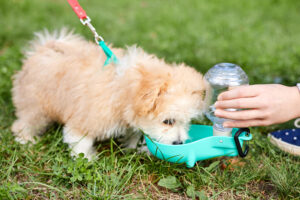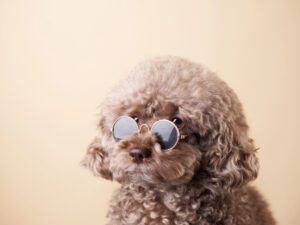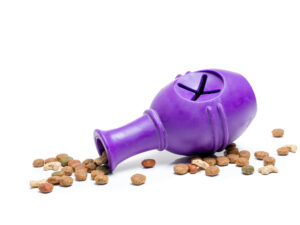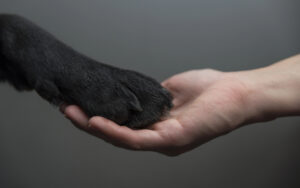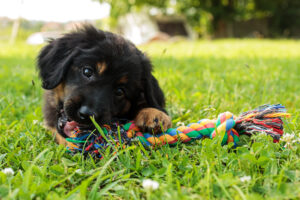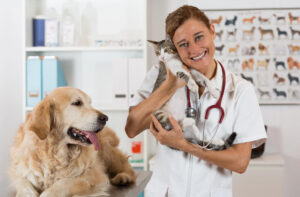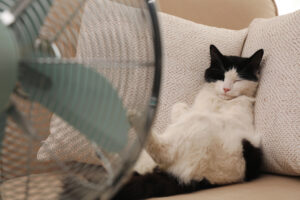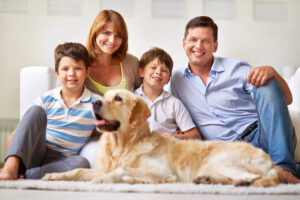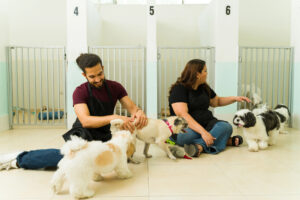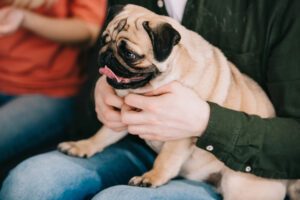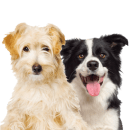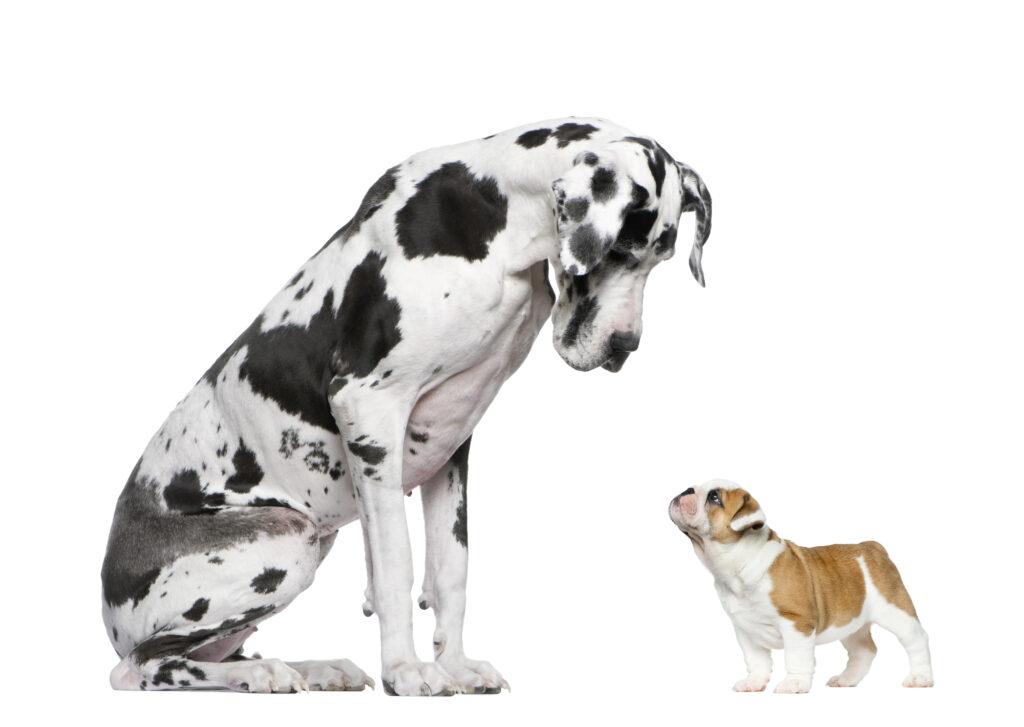
10 Tips for Introducing a New Puppy to an Older Dog
Bringing a new puppy home is exciting, but if you’ve already got an adult dog or senior dog in the house, the transition might not be as smooth as you’d hoped. Young puppies usually show up with endless energy and no manners, while a senior dog or current dog often just wants some peace and quiet.
If you’re trying to figure out how to introduce a puppy to an older dog without chaos at home, you’re in the right place. This guide is packed with down-to-earth advice to make the first few weeks a little smoother for both your new pup and your longtime companion.

Boarding Clients!*Discount does not apply during holiday/peak rate periods.

Why Older Dogs Don’t Always Love Puppies at First
Most older dogs don’t welcome a new puppy right away, and that’s completely normal. They might growl, avoid the new dog, or show signs of territorial behavior—especially in the first few days. This doesn’t mean they hate the pup; it just means they’re trying to set some boundaries.
Think of it like an adult stuck babysitting a toddler who won’t stop poking them. Puppies are loud, clumsy, and have no idea how to “read the room.” Older dogs, on the other hand, have routines, personal space preferences, and often some aches and pains. They’ve learned how to communicate with other dogs, and now there’s this little puppy bouncing around, ignoring all the rules older or adult dogs rely on.
Most of the time, an older dog—whether an adult dog or a senior dog—just needs a bit of space and time to adjust to the new dog. They’re teaching the puppy how to behave—even if it looks a bit rough in the beginning. As long as things don’t escalate into real aggression, a little growling and walking away is all part of the process.
How to Prepare Before the First Meeting
A smooth experience when introducing dogs—especially when introducing a puppy to an older dog—starts well before the puppy comes home. Here are a few simple ways to make life easier for both dogs:
- Scent swap first.Let both dogs get used to each other’s smell by swapping toys or blankets before they meet.
- Set up separate areas.Crates, baby gates, or playpens can help create safe zones for breaks.
- Adjust routines early.If feeding times or sleeping spots will change, make those changes a few days in advance.
- Put away favorite toys.Older dogs can get possessive. Removing toys (and food bowls) during early meetings helps avoid fights.
- Make time for your older dog.Keep giving them attention, walks, and affection. They need to know they’re still your dog.
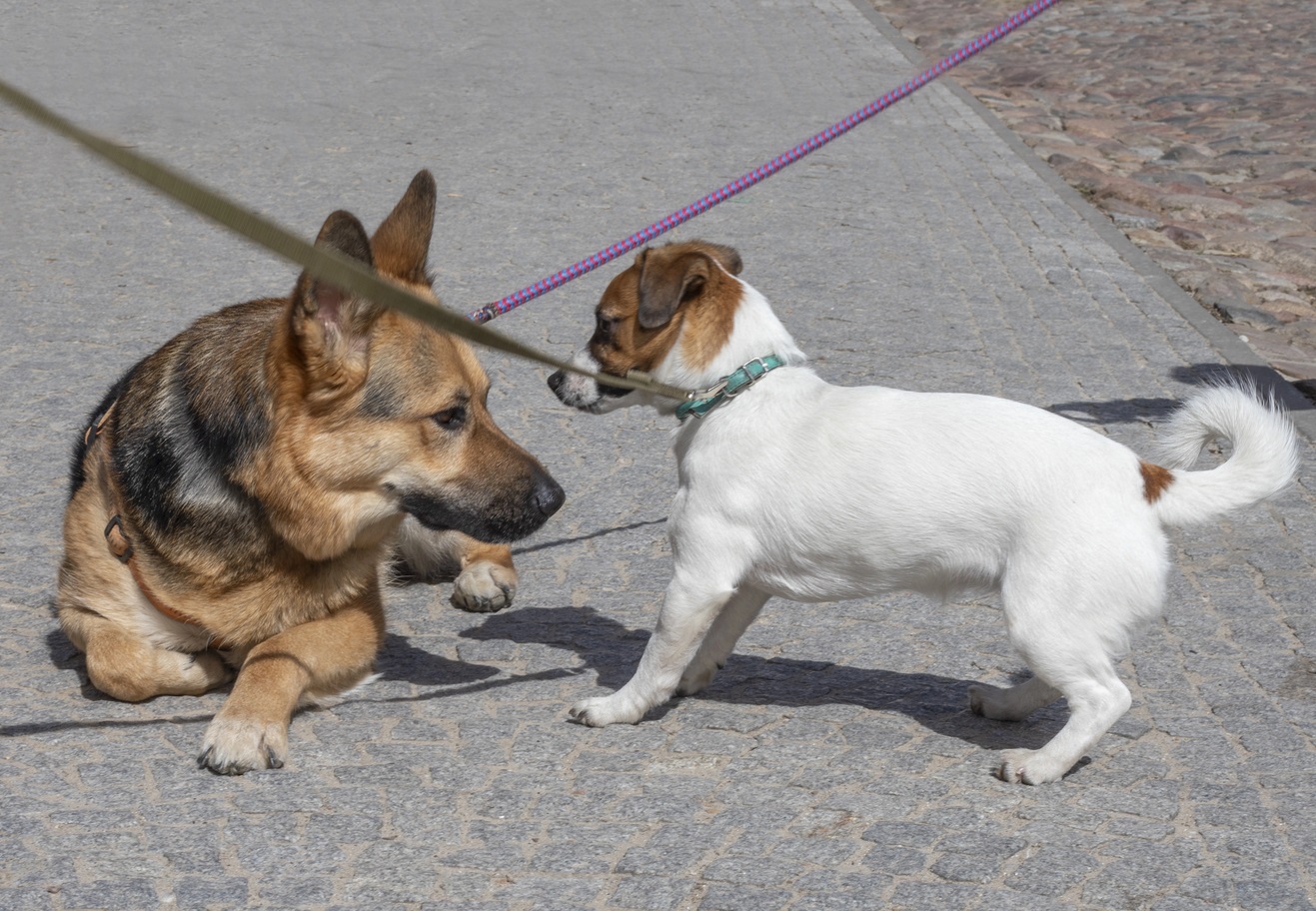
Tips for Introducing a New Puppy to an Older Dog
The first few weeks matter a lot. It’s not about rushing a friendship—it’s about laying the groundwork for respect and peace in the house. Below are some key tips to help the process go more smoothly.
1. Start with Short, Supervised Interactions
Don’t assume they’ll just “figure it out.” Puppies can be relentless, and older dogs might not have the patience to handle that. Let them meet in short, calm sessions. When introducing two dogs for the first time, keep both on leashes or separated by a gate until they’ve had time to settle. Watch body language closely—tense posture, hard stares, or lip licking mean it’s time to take a break.
A good first meeting might be a short sniff and walk away. That’s a win. Slowly build from there. No need to force anything.
2. Don’t Punish the Growl
Growling is a warning. It’s the dog version of saying, “Back off.” If you punish the growl, the older dog might skip the warning next time and jump straight to snapping. That’s not what anyone wants.
Instead, step in and redirect the puppy. A quick “let’s go” and a new toy can save the moment. Later, praise your older dog for handling it without losing their cool. You’re not rewarding the growl—you’re acknowledging their patience.
3. Use Crates, Gates, and Pens to Manage Space
Sometimes, the best thing you can do is give both dogs a break. Puppies don’t know when to stop, and older dogs often won’t walk away on their own. Use baby gates or exercise pens to split up the space during the day.
Let the puppy nap in a crate while your older dog lounges in peace. Then switch. This keeps things calm and gives each dog a chance to relax without being bothered.
4. Create Safe Zones and Escape Routes
Your older dog should always have a way out. Whether it’s a crate, a bed in another room, or even the couch (if the puppy can’t jump yet), they need a spot where they can retreat without being chased.
You can even train a “go to your spot” cue for the older dog. And when they go there, reward them with something they love—maybe a frozen Kong or a quiet chew. That way, the puppy learns not to follow, and your dog gets a much-needed breather.
5. Reinforce the Behavior You Want
If your older dog is being patient or simply walking away from the puppy instead of reacting—reward that. A calm look, a tail wag, or even ignoring the puppy is good stuff. Praise it.
You don’t need to go overboard. A quiet “good boy” and a gentle scratch behind the ears is often enough. You’re helping your older dog understand that keeping the peace gets them the attention they want. Over time, they may start offering that calm behavior more often on their own.

6. Redirect the Puppy Before It Becomes a Problem
Puppies tend to push boundaries without realizing it, especially during the first few days of introducing new routines and house rules. They’ll nip ears, bounce on backs, and bark in faces because… that’s what puppies do. But if you notice your older dog getting irritated, don’t wait until it turns into a growl-fest.
Step in early—puppy training moments like tossing a toy or calling the young puppy away for a treat go a long way. Give them a puzzle feeder or short training game—anything to shift their focus. It’s way easier to prevent a bad moment than to fix one that’s already happened.
7. Walk Them Together for Bonding
Walks are underrated when it comes to helping dogs get along. When they walk side by side—even if they’re not interacting much—it builds a sense of teamwork. It’s like they’re “on the same mission” together.
Keep it casual. Don’t force them to walk shoulder-to-shoulder. Just stroll, give both dogs space, and reward loose leash walking. You might be surprised how a few peaceful walks can help build trust faster than playtime.
8. Feed Separately to Prevent Resource Guarding
Food is a common trigger, even for dogs who get along great in other situations. During those early days, feed your dogs in different areas. Close doors or use gates if you need to.
Same goes for treats and chews—hand them out when the dogs are apart. Once they’re fully comfortable with each other, you might be able to loosen the rules. But early on, it’s just not worth the risk of a scuffle over dinner.
9. Watch for Subtle Warning Signs
When introducing puppy to older dog, it’s important to stay up to date on their body language—most dogs won’t go from calm to snapping without giving you some warning first. They’ll give small clues—like lip licking, turning their head away, stiff posture, or even just walking off.
Learn to spot these signs. They’re your early “heads up” that one of your dogs is getting uncomfortable. If you catch it in time, you can step in, separate, and let everyone chill out before things go sideways.
10. Stay Patient—Bonding Takes Time
Some dogs hit it off quickly. Others… not so much. And that’s okay.
It might take weeks—or even months—for your current dog to fully accept the new puppy, especially if they’re a senior dog or used to having the house to themselves. What matters is that you’re giving them space, setting boundaries, and being fair to both dogs. Peaceful co-living is a win. If they become best friends down the line, that’s just a bonus.

Conclusion
Bringing a puppy into a home with an older dog can be a big adjustment for everyone involved. It takes time, patience, and a bit of planning. Most older dogs need space to set their own pace, and most puppies need help learning when to back off.
Start with short, supervised meetings. Use crates and gates when you need to. Give both dogs—the new puppy and the big dog—their own quiet areas, and keep rewarding the calm, polite behavior you want to see. If you catch issues early, redirect, and always let them go at their own speed.
You don’t need perfect harmony on day one. A slow build toward respect, and maybe even friendship, is more than enough.




